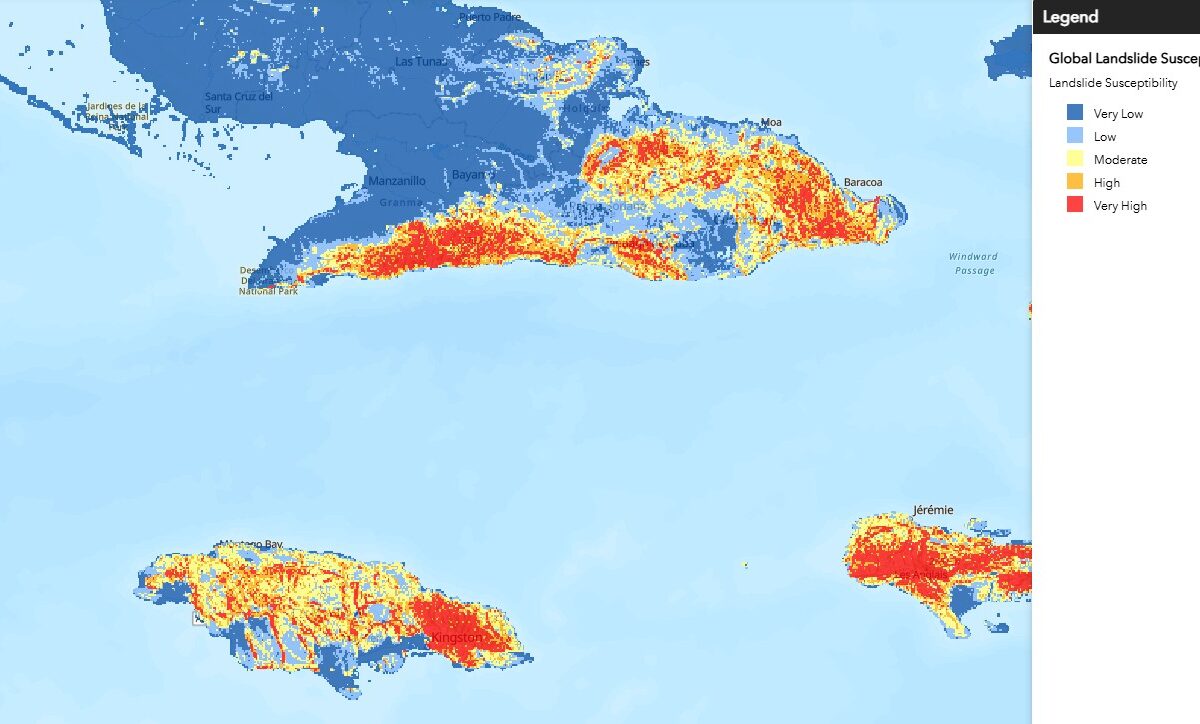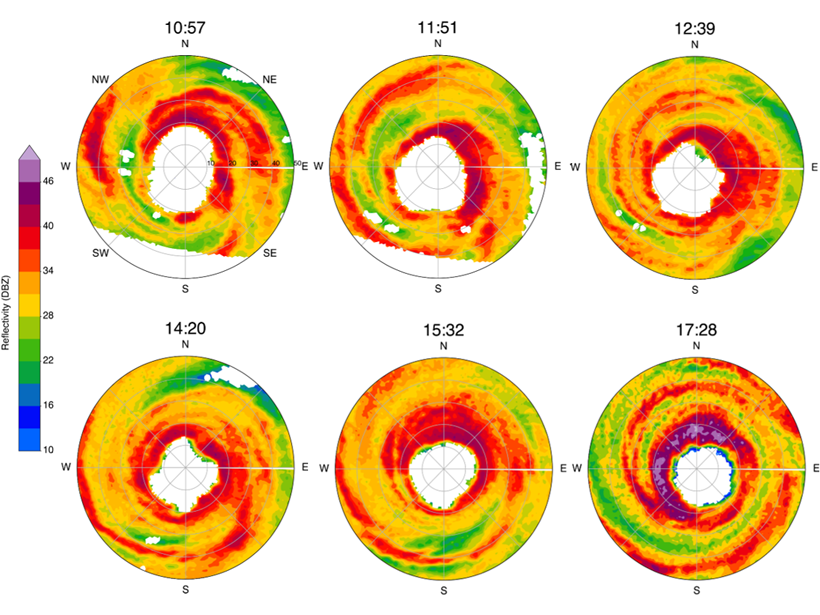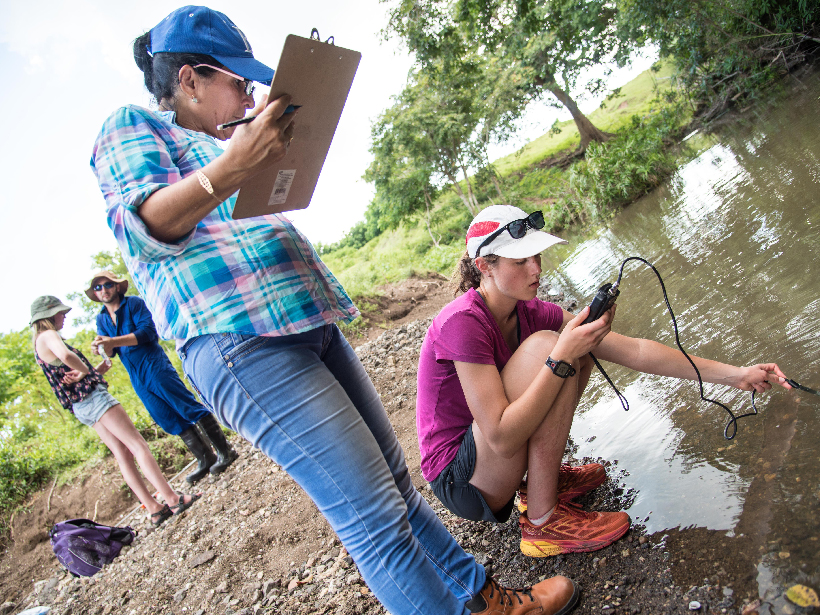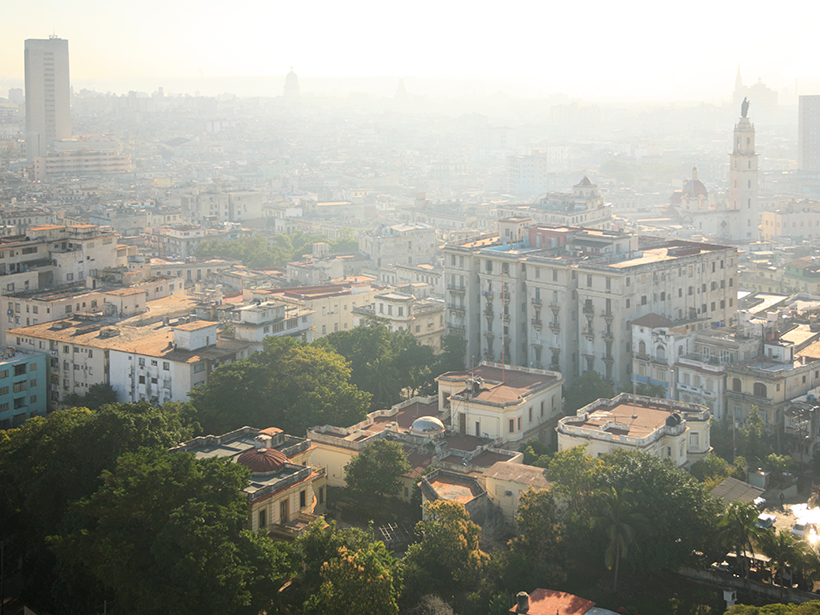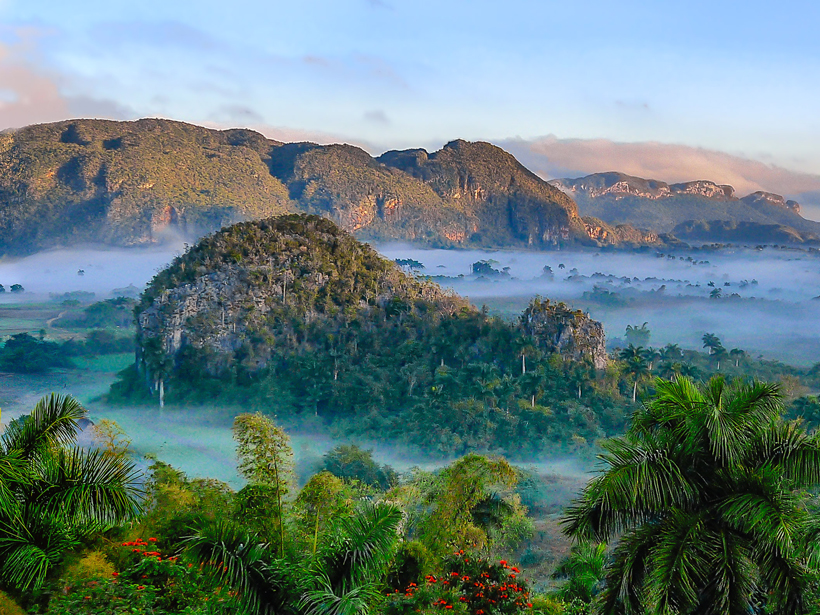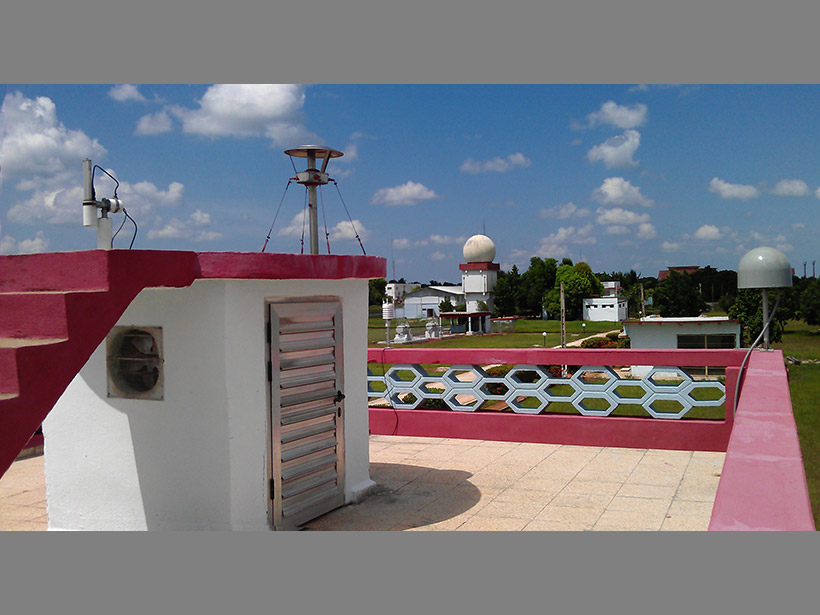Various online datasets will allow a detailed understanding of Hurricane Melissa as it impacts Jamaica and then Cuba Hurricane Melissa is now making headlines around the world in anticipation of its landfall today. As always with tropical cyclones, the picture is evolving continuously as the storm evolves. Their behaviour is highly complex. I thought I’d […]
Cuba
Taíno Stilt Houses May Have Been an Adaptation to Climate Change
A coastal village in the Caribbean flourished during a period of increased hurricanes. Research suggests the Taíno designed their dwellings to persist through the greater storm surges.
Agricultura Sustentable Reflejada en Calidad del Agua de Cuba
Las muestras de agua de 25 ríos en el centro de Cuba están dominadas por signos de erosión de las rocas en lugar de la escorrentía de fertilizantes, según muestran investigadores que trabajan en instituciones cubanas y estadounidenses.
The Evolution of Observed Hurricane Eyewall Shapes
The observational evidence of the wind field of Hurricane Michael using radar imagery showed an eyewall structure evolution with elliptical, triangular, and square shapes for the first time.
Sustainable Agriculture Reflected in Cuba’s Water Quality
Water samples from 25 rivers in central Cuba are dominated by signs of rock weathering rather than fertilizer runoff, researchers working at Cuban and American institutions show.
Joint Aerosol Research Between Cuba and Spain Proves Fruitful
Optics Atmospheric Teams' Workshop; Camagüey, Cuba, 27–29 January 2016
Cubans, Americans Bridge a Scientific Rift
Two scientific communities that evolved separately for more than 50 years reunited last week to share their findings and plan a more unified future.
Norway and Cuba Evaluate Bilateral Climate Research Results
XCUBE Workshop; Camagüey, Cuba, 16–18 November 2015
U.S.-Cuba Scientific Cooperation Revs Up
The administration has sought to promote scientific collaboration with Cuba by reducing restrictions on travel and equipment donations and forging research partnerships.

